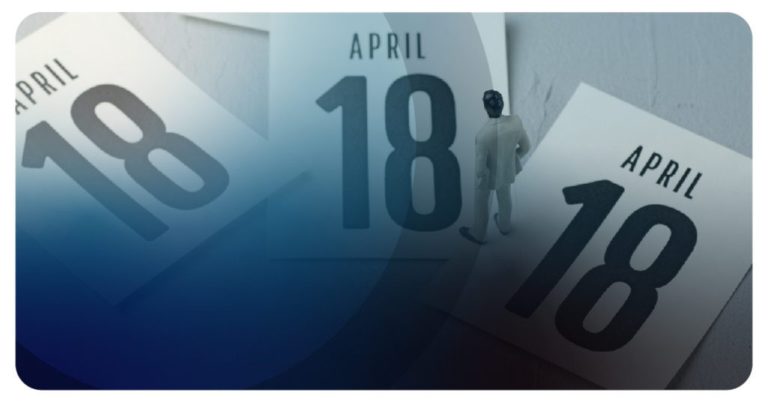The Setting Every Community Up for Retirement Enhancement (SECURE) Act 2.0, designed to provide individuals with increased flexibility in retirement savings plans, was signed into law on December 23, 2022. The bipartisan legislation further enhances the provisions of the original SECURE Act passed in 2019, and it is expected that additional clarification will come from the Internal Revenue Service and Department of Labor in the months and years to come.
We have outlined seven key elements of the SECURE Act 2.0 which we believe will have a meaningful impact on retirement and financial planning strategies in the years ahead. We have also highlighted additional provisions in the new legislation that will likely play a role in long-term financial planning.
Increasing Required Minimum Distribution (RMD) Age: Starting in 2023, the age to begin taking RMDs from tax-deferred accounts will increase to 73. This increase is part of a 10-year phased approach to raising the RMD age to 75, meaning on January 1, 2033, the RMD age will be 75. This change will impact account holders who will turn age 72 on or after January 1, 2023. For account holders who turned age 72 in 2022 or earlier, RMDs will continue based on their existing schedule.
Increased Catch-Up Contribution Limits: Beginning in 2025, there will be higher catch-up contribution limits in Defined Contribution retirement plans. Employees age 60-63 will have a catch-up limit that is 50% higher than the regular limit; for example, if the current limit remains as-is, this will mean that those in the 60-63 age group will be able to contribute $11,250 annually during those years.
Required After-Tax Contributions for High Income Earners in Roth Plans: Beginning in 2024, those with incomes over $145,000 who want to make defined contribution plan catch-up contributions will be required to make them as after-tax contributions to a Roth account, which will be tax-free at withdrawal. Employers who allow catch-up contributions in their retirement plans will have to offer a Roth option in their plan.
Increased Flexibility for Employer Matching Contributions: As of the bill’s signing date, employers can elect to design their retirement plans to allow for employer matching contributions to be made to Roth accounts. These employer contributions will be taxable to the employee, and deductible to the employer, while withdrawals taken from these accounts in retirement are tax-free.
Roth 401(k)s No Longer Subject to RMDs: From 2024 onward, employer-sponsored Roth accounts (such as Roth 401(k)s) will be exempt from RMDs.
Automatic Enrollment for New 401(k) and 403(b) Plans: Beginning in 2025, this legislation mandates that newly-created 401(k) and 403(b) plans must have automatic enrollment for employees at between 3% and 10% salary deferrals, and that those deferrals step up by 1% per year until the employee’s deferral reaches at least 10% (up to a maximum of 15%).
529 Plan Rollovers: In 2024 or later, excess dollars remaining in 529 plans may be rolled over into a Roth IRA in the beneficiary’s name. These rollovers will be subject to the annual Roth IRA contribution limit, and a maximum of $35,000 from a 529 plan may be rolled into a Roth IRA. The 529 being rolled over must have been open for 15+ years in order to qualify for a rollover.
Some additional provisions to the bill include:
- The creation of a pension-linked emergency savings account within retirement plans, allowing employees to save for emergencies via payroll deductions.
- Increased flexibility when purchasing Qualified Longevity Annuity Contracts (QLACs), allowing taxpayers to use up to $200,000 or 100% of their IRA or defined contribution plan towards the purchase of a QLAC.
- Penalty-free withdrawals in the event of terminal illness, for victims of domestic abuse, and for the payment of certain Long Term Care Insurance premiums.
- For employees with qualified student loans, loan repayment will now be treated as a qualified deferral, and pre-tax funds can be used for that purpose. Employer matching contributions will be allowed for employees who are paying on student loans.
- Providing greater incentives for small business owners to start retirement plans.
- The creation of a “lost and found” database where any American can check and see if there are retirement benefits that have been left behind at a former employer.
Notably, the SECURE Act 2.0 makes no changes to RMD rules on inherited IRAs, and it does not eliminate backdoor Roth contributions.
The SECURE Act 2.0 could have a material impact on your retirement income savings and distribution strategies, and may even necessitate updates to your financial plan. We encourage you to work with your Transform Wealth advisor to ensure your goals and objectives remain in alignment following the passage of this bill. As always, we welcome your questions and stand ready to assist you with any of your financial planning needs.
Clarissa R. Hobson, CFP®
Director of Financial Planning
This document is for informational purposes only. It is educational in nature and should not be considered a recommendation of Weatherstone’s investment management and financial planning services, strategy or any particular product in any jurisdiction. Your investment goals and objectives are unique so you are encouraged to consult with an investment professional before making any investment decisions.




